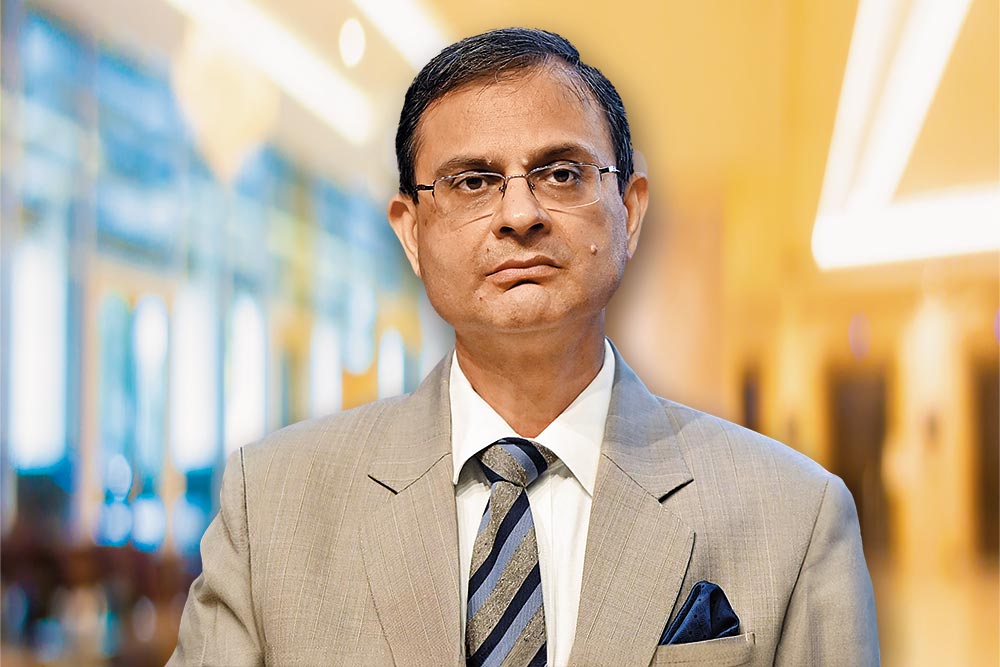The fiscal deficit target was already an impressive 5.1% in the interim Budget and now we have this estimate of 4.9%.
The reduction is primarily due to the higher-than-budgeted dividend coming in from the RBI [Reserve Bank of India]. This has been the main contributing factor. Other revenues are increasing very marginally.
There are still some considerable benefits in the old tax regime. The older one seems more attractive when investing. So, is absolute migration possible?
Last year, we predicted that at least half would shift. Currently, the shift is on the higher end of our prediction. I think most people have calculated which regime is more beneficial to them from a tax payment point of view. Today, some may not switch to the new regime because they have already made investments.
However, the new regime gives them flexibility to take home loans or invest in equities or other areas that might not have tax benefits but can offer higher returns. In future, simplicity and flexibility, along with lower taxation, will encourage more people to choose the new tax regime.
How is the government going to approach the rationalisation of GST rates? The chairman of the PM’s advisory council on economy suggests it to be a priority for the new government.
The finance minister has categorically said we would like to do it. But we have to keep in mind that it has to be revenue neutral. Rationalising tax rates presents significant challenges. For instance, if we reduce the number of tax rates, it may not be acceptable to the states because they could lose revenue. Conversely, increasing the number of rates would also not be acceptable.
Sequencing of tax reforms since 2014 has been of great help to manufacturing, but still, there is a lot to be desired. How do you plan to take it forward?
Let me clarify that custom duties are not primarily for revenue generation; that is a secondary objective. The main purpose is to provide a level playing field and ensure competitiveness for our domestic industry where necessary.
On the direct taxes side, we already have very reasonable tax rates for domestic companies. In this Budget, we have reduced taxes on foreign companies, making it more attractive for them to operate in India. This move aims to enhance our competitiveness on an international level.
The third important aspect is reducing the compliance burden and the cost of paying taxes. Over the past 7–10 years, this government has focused on simplification and rationalisation. GST is a prime example of how compliance and logistics costs have reduced. Similarly, on the corporate tax side, we now have a single, simplified tax rate.
Another example is the removal of the angel tax. Although it affected only a small percentage, its removal addresses compliance burdens.











